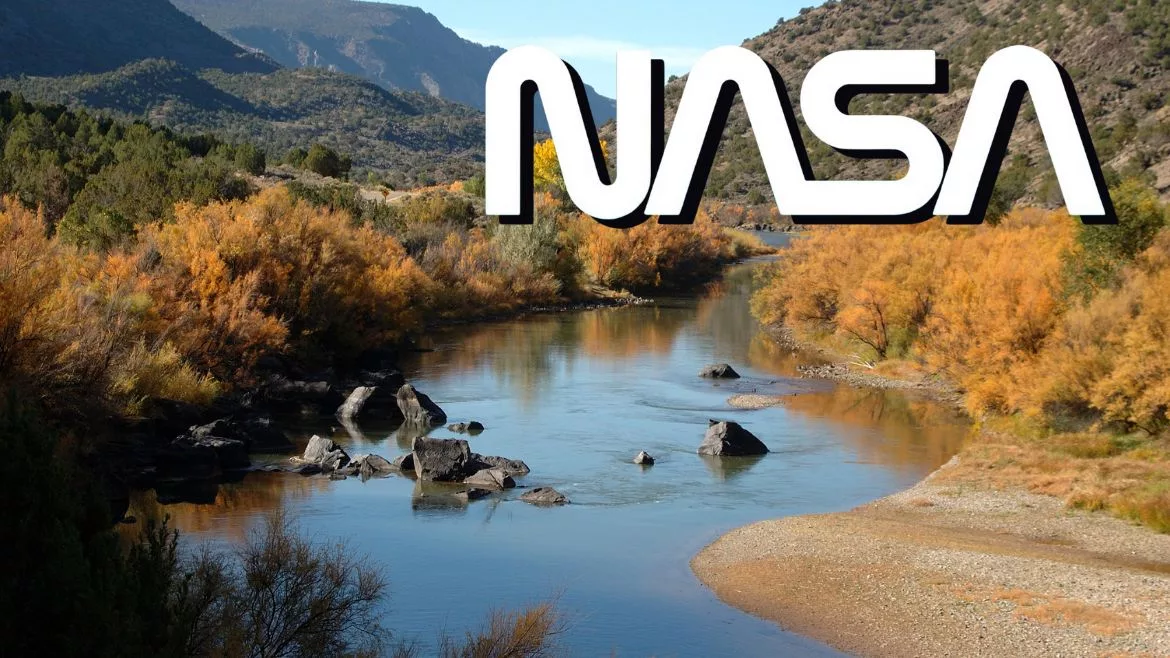News
NASA Said to Balk at Compensating N.M. for Groundwater Contamination
Chemicals leaked from White Sands Testing Facility might take 100 years to remove

The space program at a New Mexico test facility overseen by the National Aeronautics and Space Administration (NASA) has resulted in chemical leaks into the groundwater that occurred for decades. But while NASA Administrator Bill Nelson says the agency is working to address the groundwater contamination, a congressional source says NASA is balking at financially compensating New Mexico for the contamination.
The chemical contamination of groundwater at the White Sands Testing Facility (WSTF) in New Mexico started in the early 1960s as a result of NASA’s activities, according to the report “Preassessment Screen Determination: White Sands Test Facility” produced in 2016 by the New Mexico Office of Natural Resources Trustee.
“Activities at the (WSTF) site are primarily associated with the development and testing of spacecraft propulsion systems and subsystems,” the report says. “As a result of site operations, hazardous substances were disposed of and released to the environment and have come to be located outside the WSTF property boundaries,” the report says.
According to the report, the hazardous substances that leaked from WSTF include arsenic, chromium, and nickel, as well as volatile organic compounds such as trichloroethene, tetrachloroethene, and n-nitrosodimethylamine, and spent solvents, waste paints, and fabric contaminated with hydrazine and oxidizer. Leaks from WSTF “waste areas and tanks contributed to the contamination of groundwater beneath the site,” the report says.
In addition, while the contamination not only threatens drinking water, the level of contamination found in the groundwater might require from 40 to 100 years to remove, the report says.
Because of the estimate that it might take decades to remove those contaminants, NASA has not entered into negotiations with New Mexico to establish a settlement value, as the congressional source told The Driller. Rather, NASA maintains that under the Comprehensive Environmental Response, Compensation, and Liability Act (CERCLA), a final remedy must be set before they can enter negotiations on a natural resource damage claim, said the source who declined to be identified.
However, the congressional source says CERCLA allows for both processes to happen simultaneously, especially when remedial activities are not anticipated to produce results that change the scale of the natural resource injury or if remediation is expected to take decades to complete.
The question of NASA compensating New Mexico for the WSTF groundwater contamination was raised on May 23, 2024, during a hearing by the Senate Subcommittee on Agriculture, Rural Development, Food and Drug Administration, and Related Agencies to review NASA’s proposed budget for the fiscal year 2025. Subcommittee Chair Martin Heinrich (D-N.M.) urged Nelson to have NASA compensate New Mexico for the White Sands Test Facility’s groundwater contamination. “I want to be very clear that NASA needs to get this wrapped up and compensate the state of New Mexico,” Heinrich said.
In response, Nelson said NASA has spent $200 million to date investigating and addressing the groundwater contamination. “We (NASA) continue to investigate the sources of contamination” at WSTF and will work closely with the Department of Justice and with “New Mexico’s scientific and environmental agencies on what needs to be done to meet the final settlement discussions.”
While NASA might be accused of stalling when it comes to negotiating a financial settlement with New Mexico, the space agency has not been idle on the WSTF groundwater contamination. It has deployed more than 220 groundwater monitoring locations around WSTF, and the space agency has completed a number of remedial investigations and has removed source materials from various WSTF sites, the report says. NASA also operates two groundwater treatment systems, “the plume front treatment system” and “the mid-plume interception and treatment system,” according to the report.
While the work NASA has done to clean up the WSTF spill is appreciated, it is incumbent upon NASA to complete two processes to address the pollution the space agency caused fully, the congressional source said. The two processes and what NASA has done to further those processes are:
Remediation: NASA has been working with the New Mexico Environment Department and the Environmental Protection Agency to clean up the groundwater according to state and federal standards and to standards that mitigate current and future risks to human health and the environment. However, remediation is not expected to return the contaminated groundwater to baseline conditions.
Restoration: New Mexico’s Office of the Natural Resource Trustee oversees the process of returning the injured natural resource to its background conditions or the condition that would have existed without the release of hazardous materials. Restoration also compensates for interim losses.
Read the Preassessment Screen Determination: White Sands Test Facility report
Looking for a reprint of this article?
From high-res PDFs to custom plaques, order your copy today!





